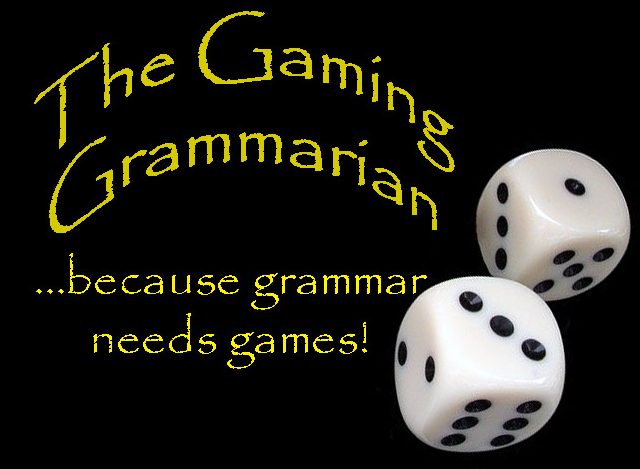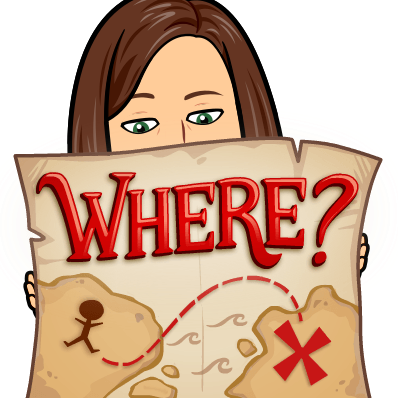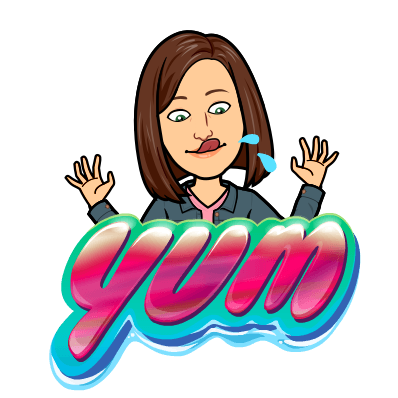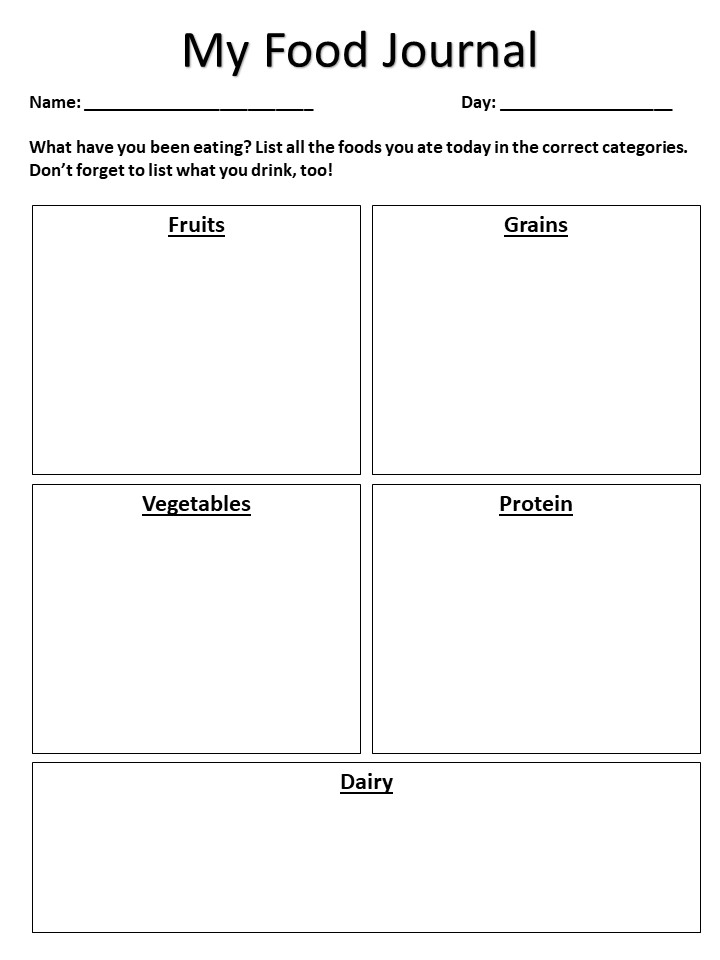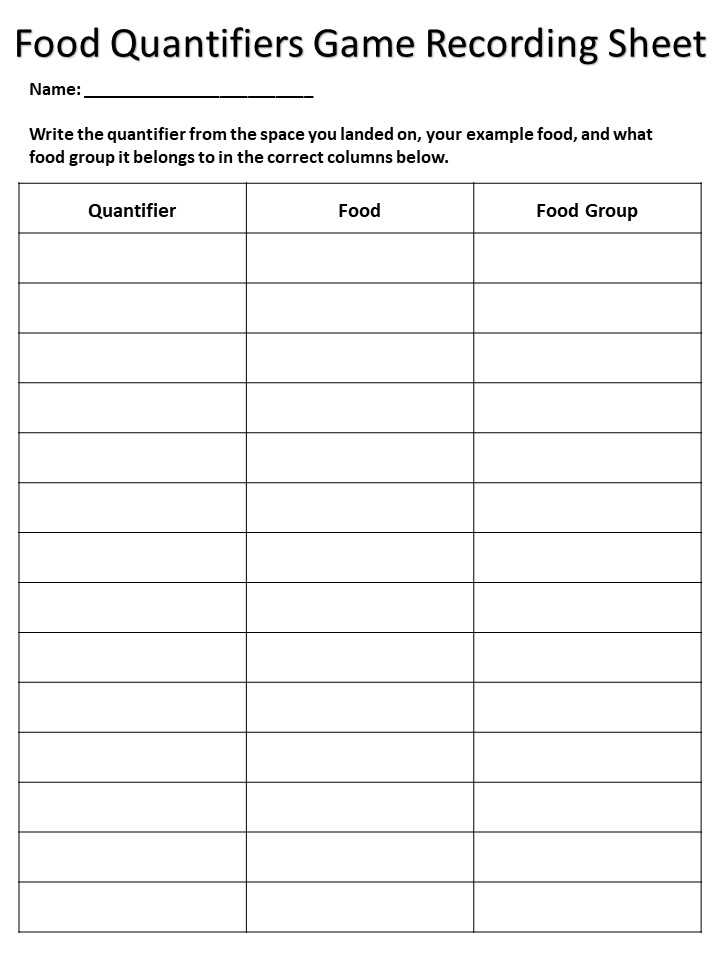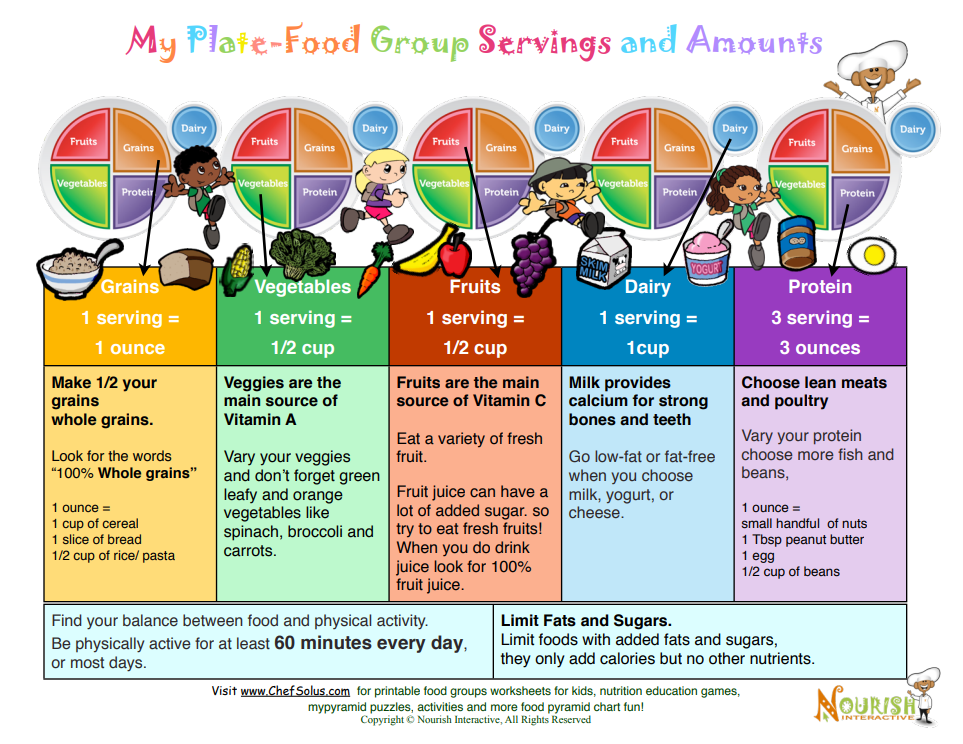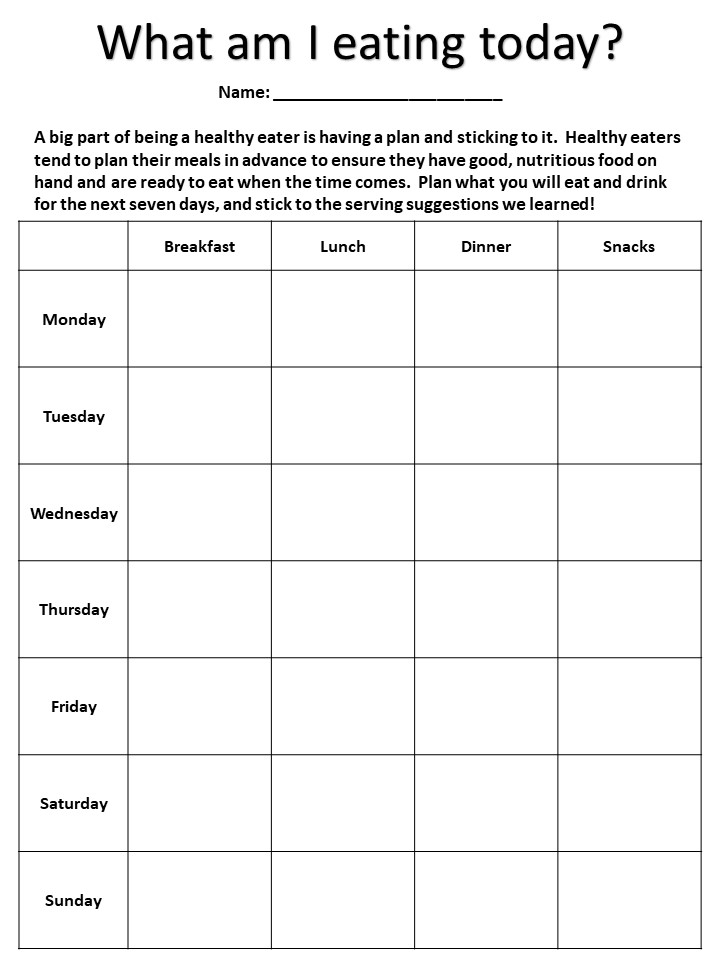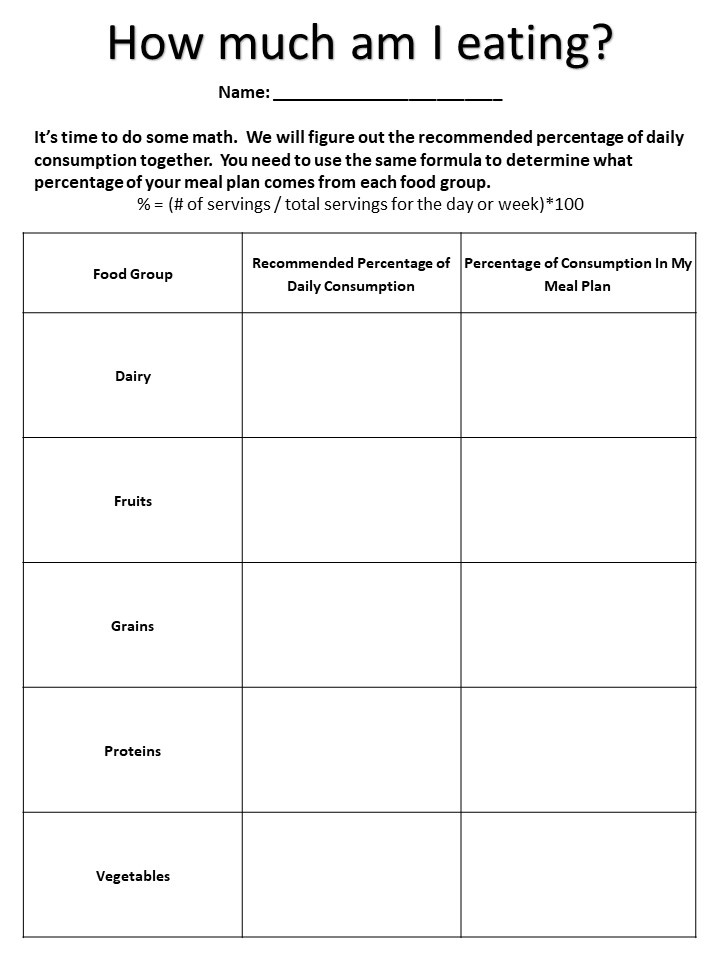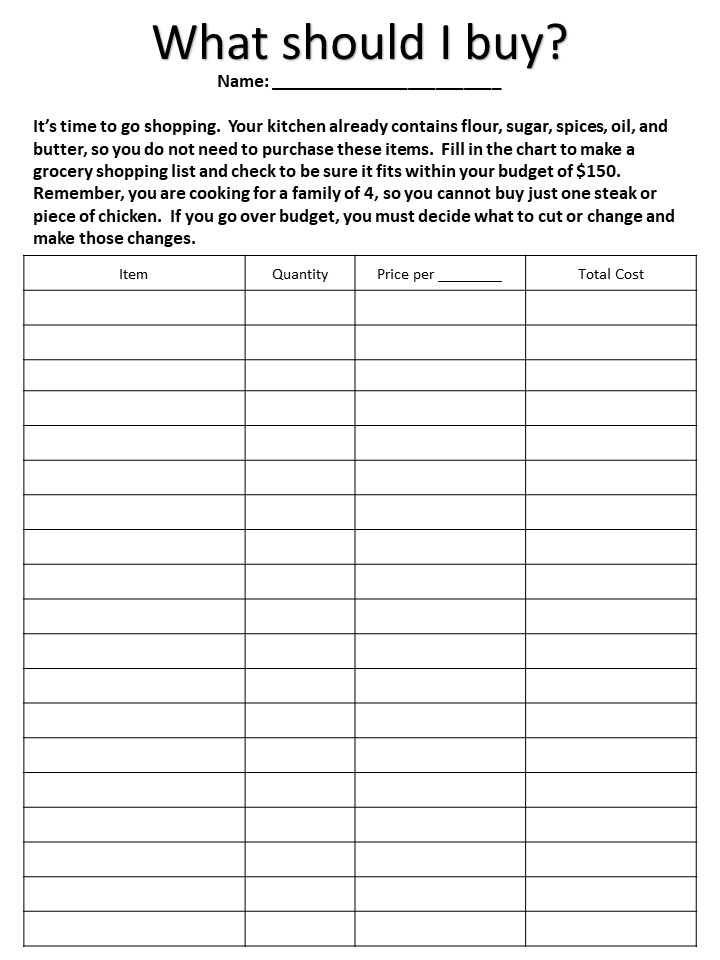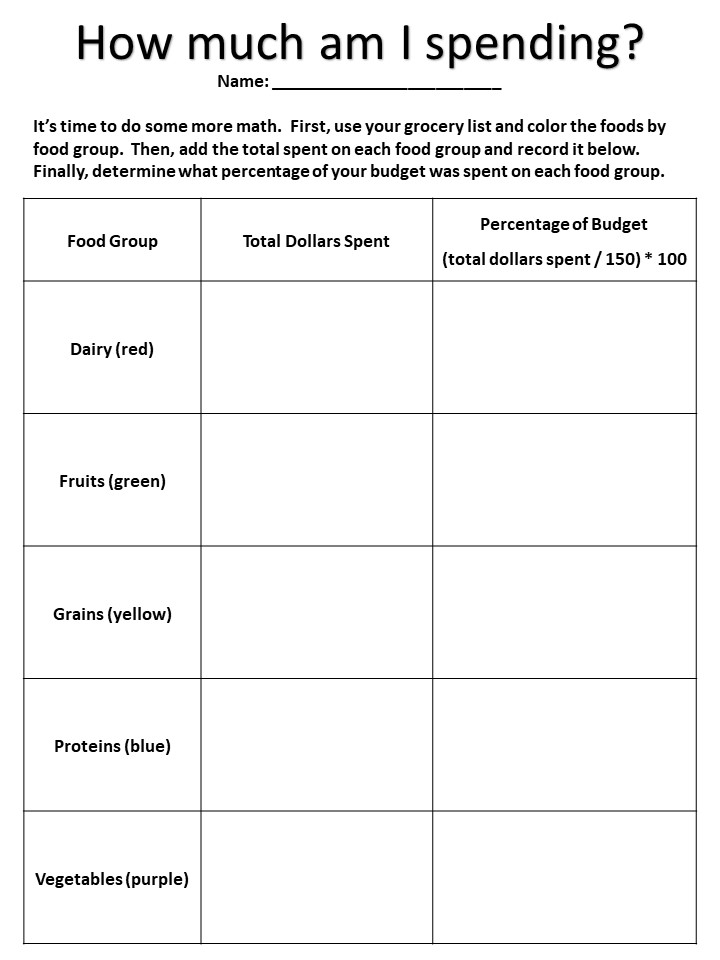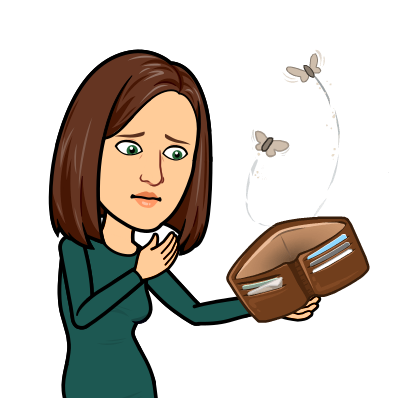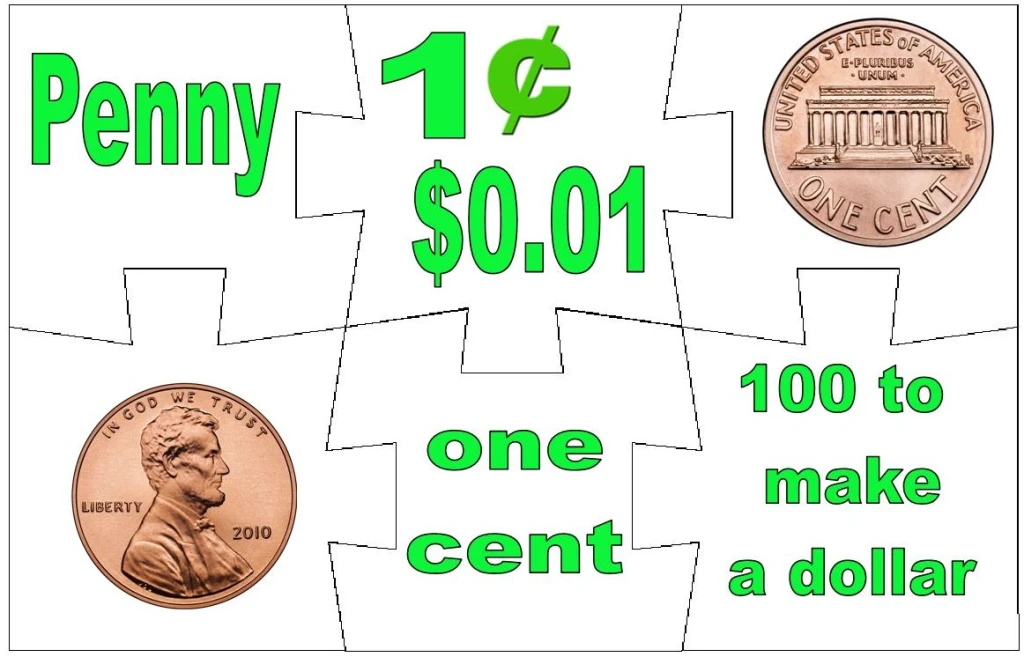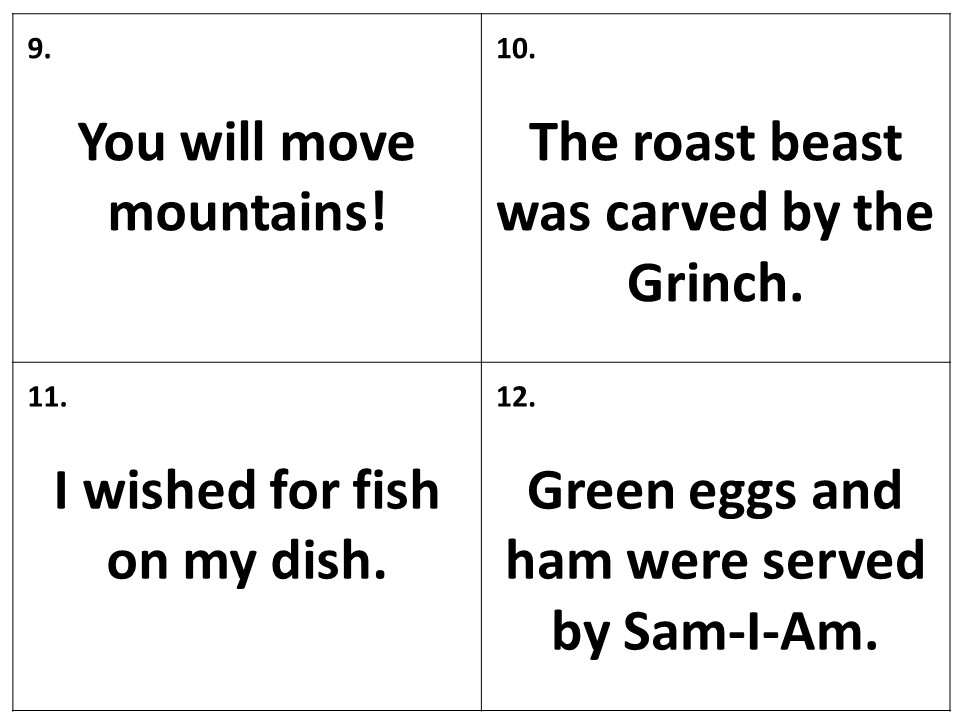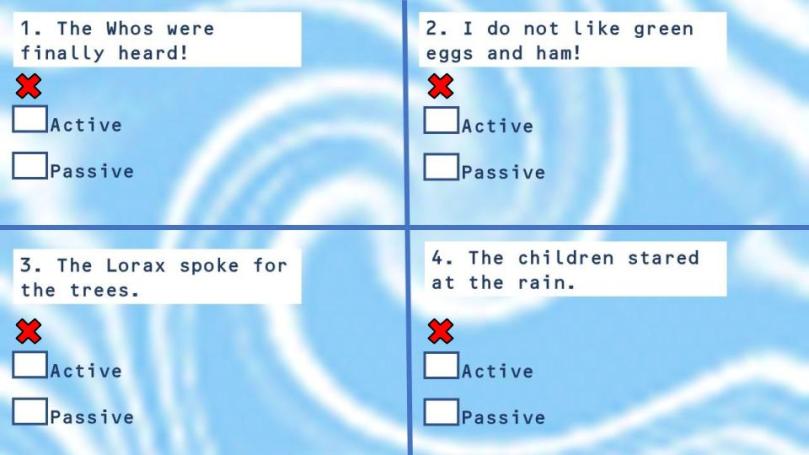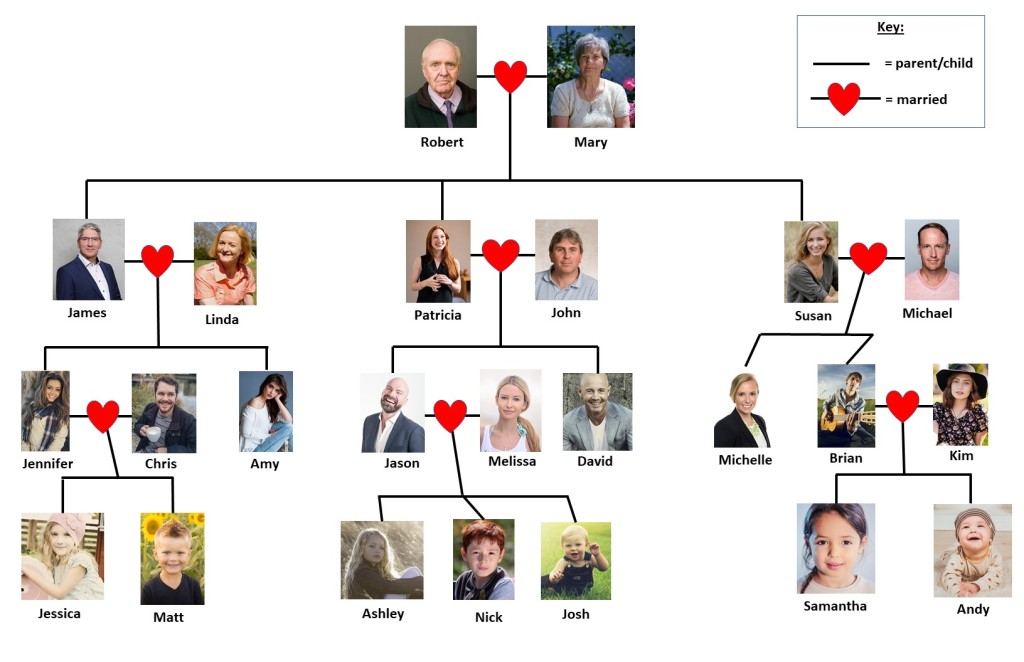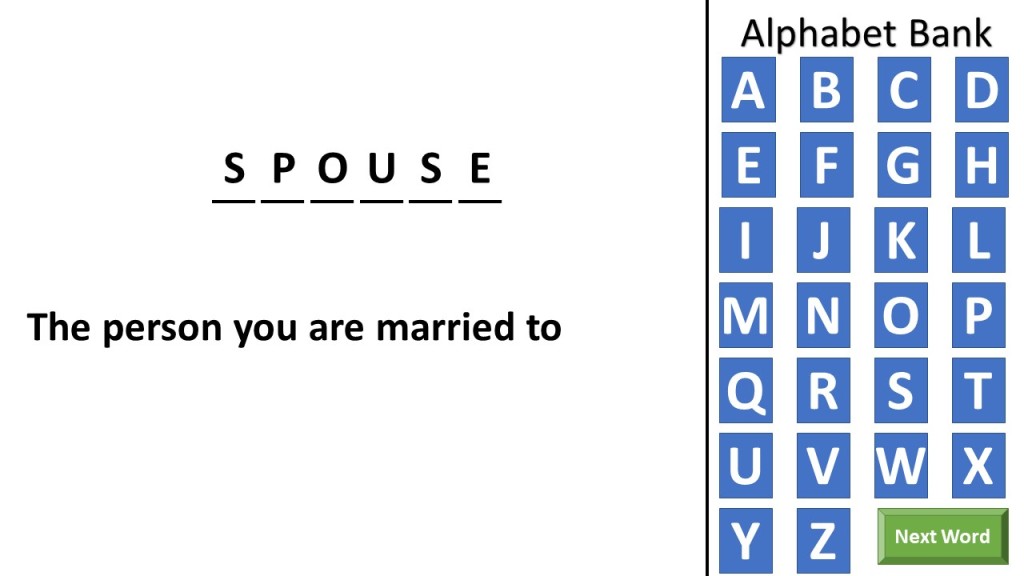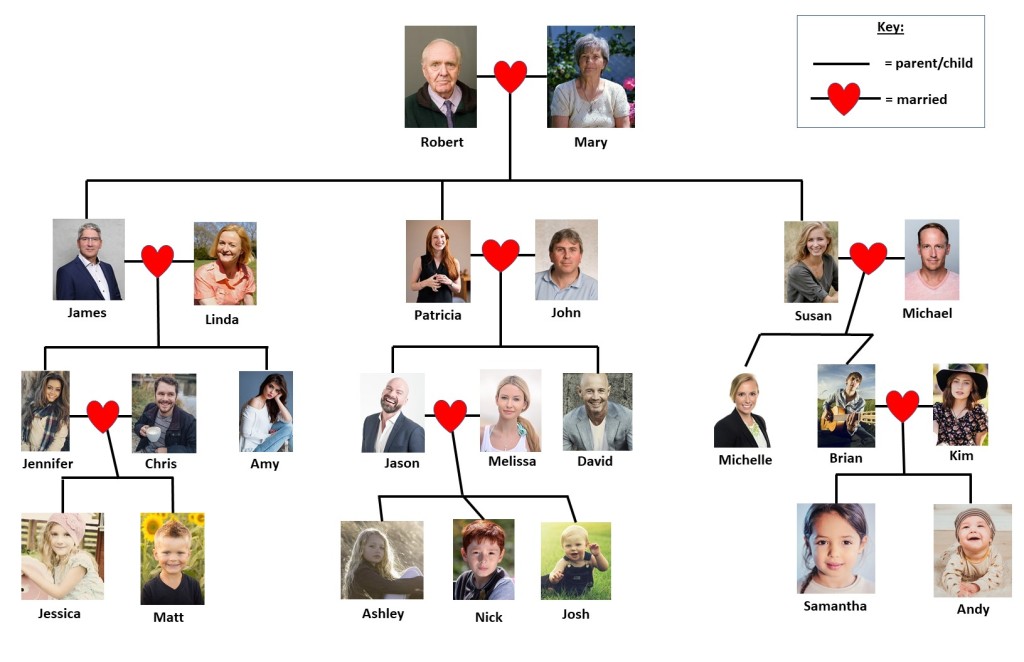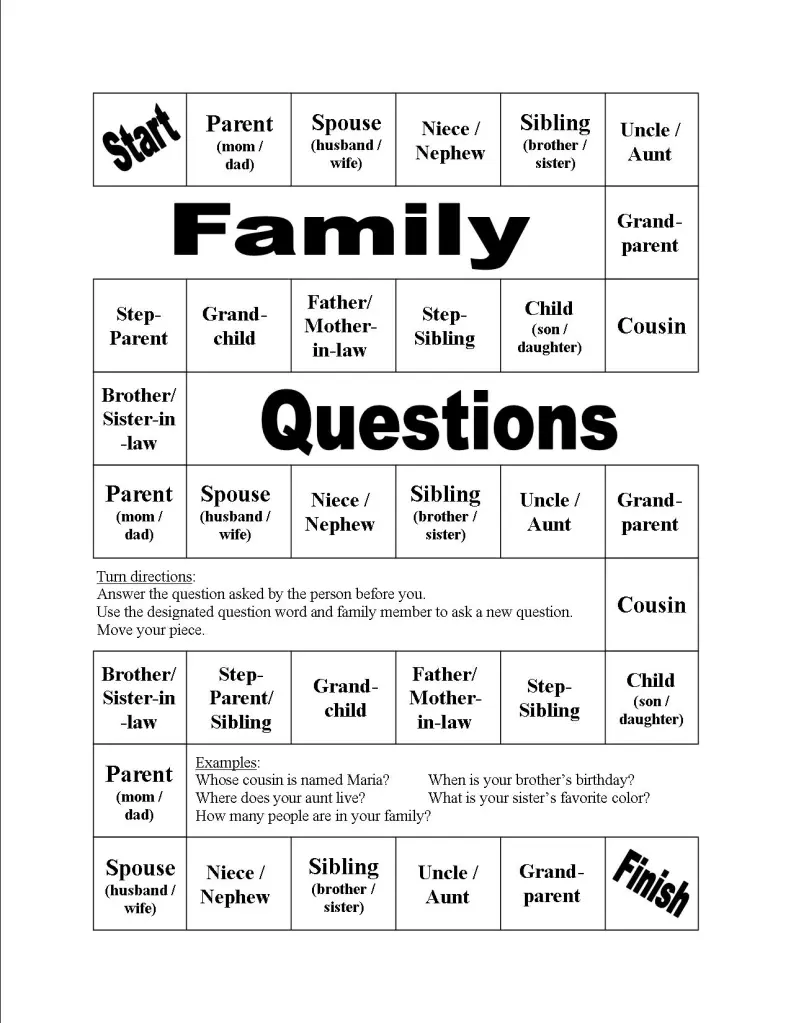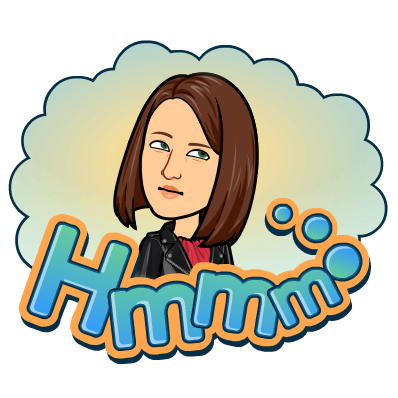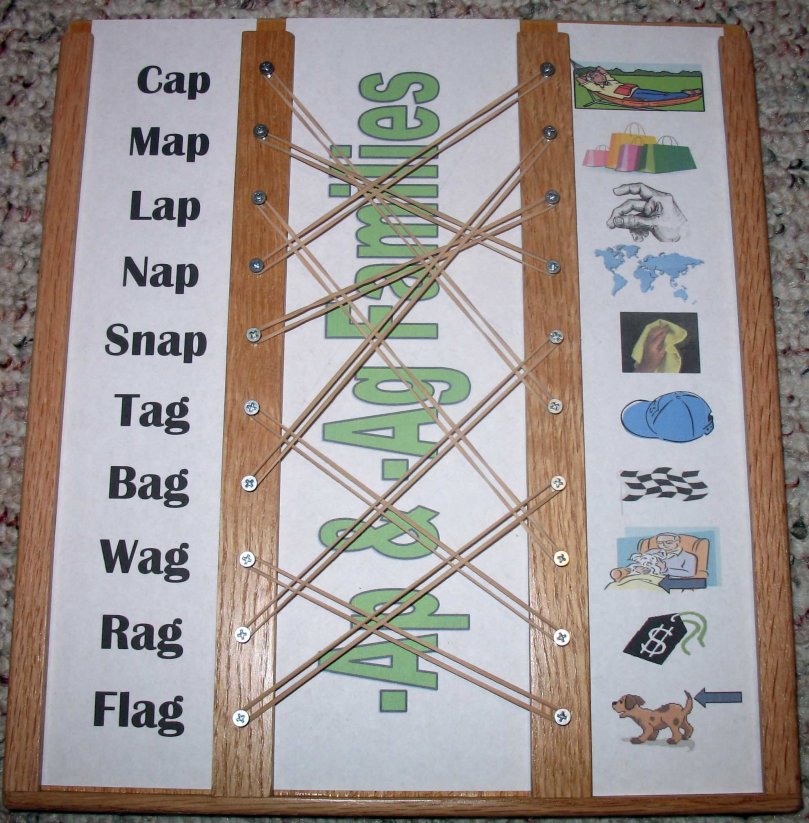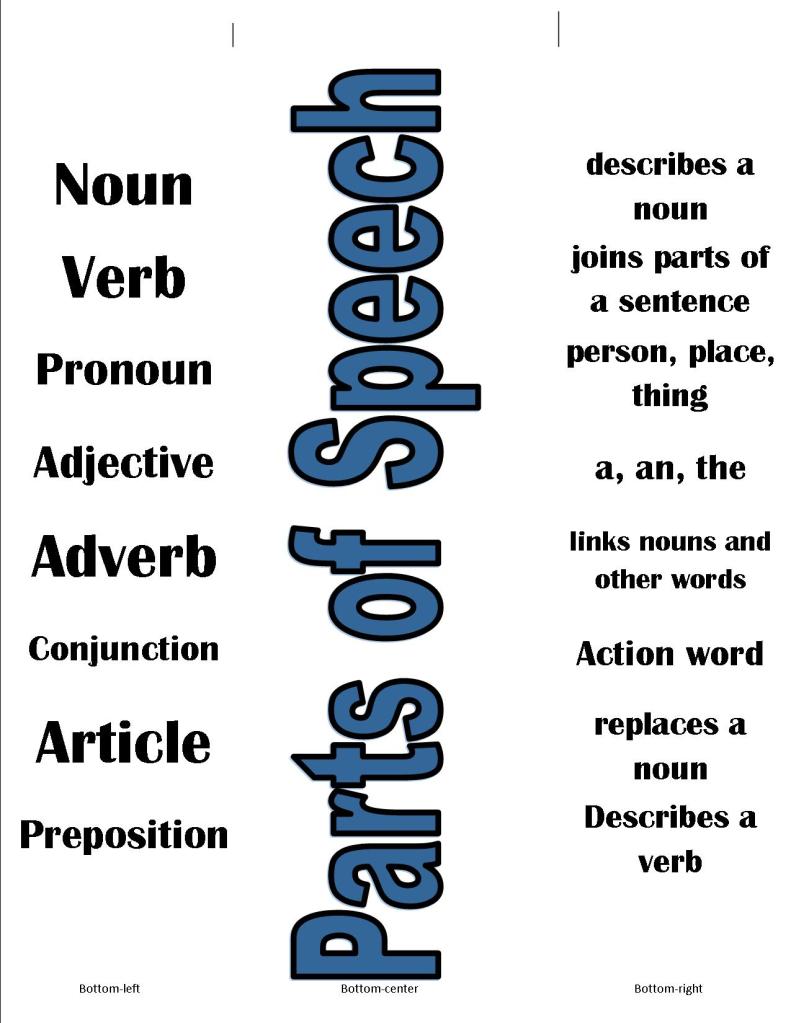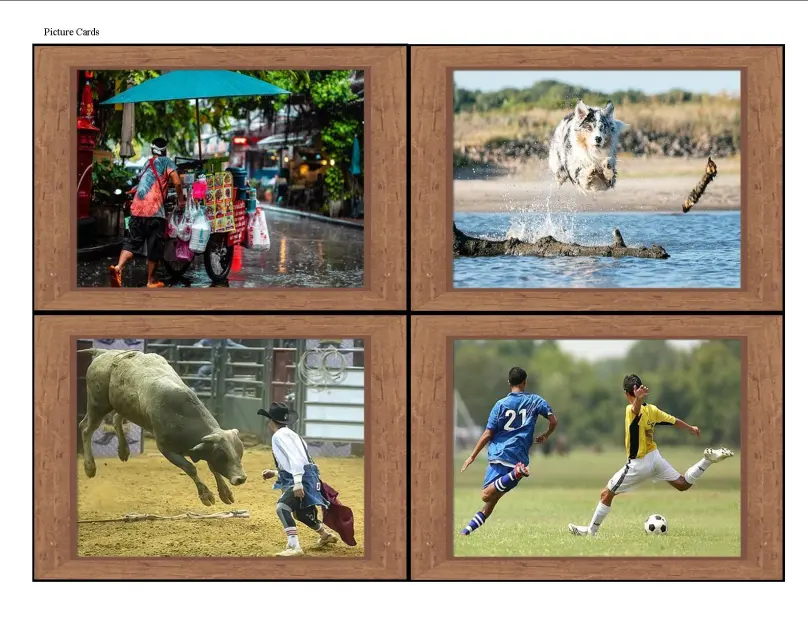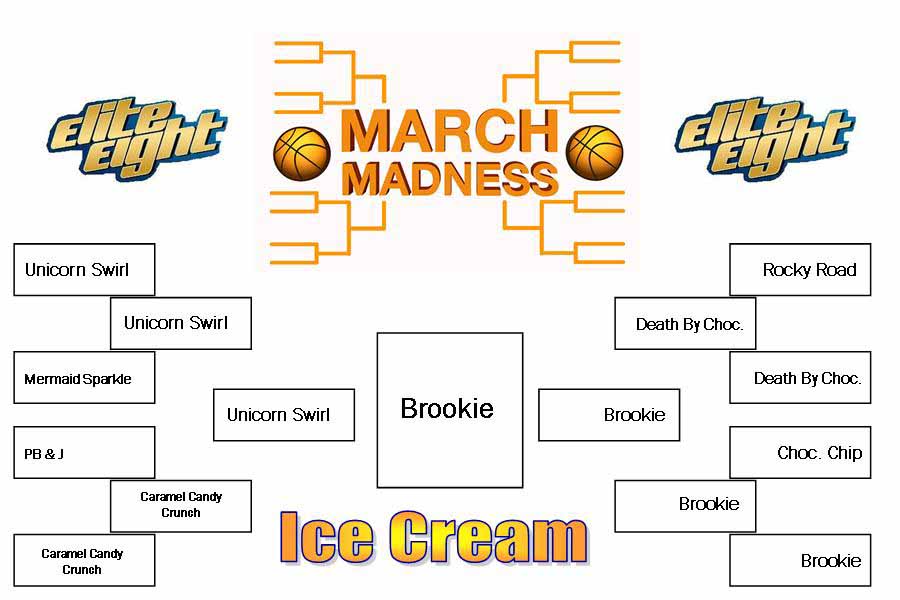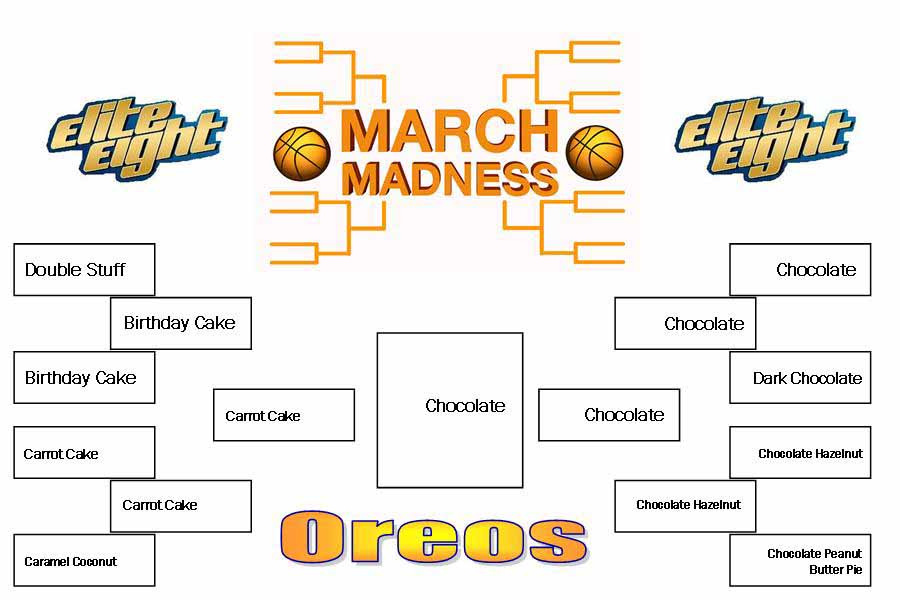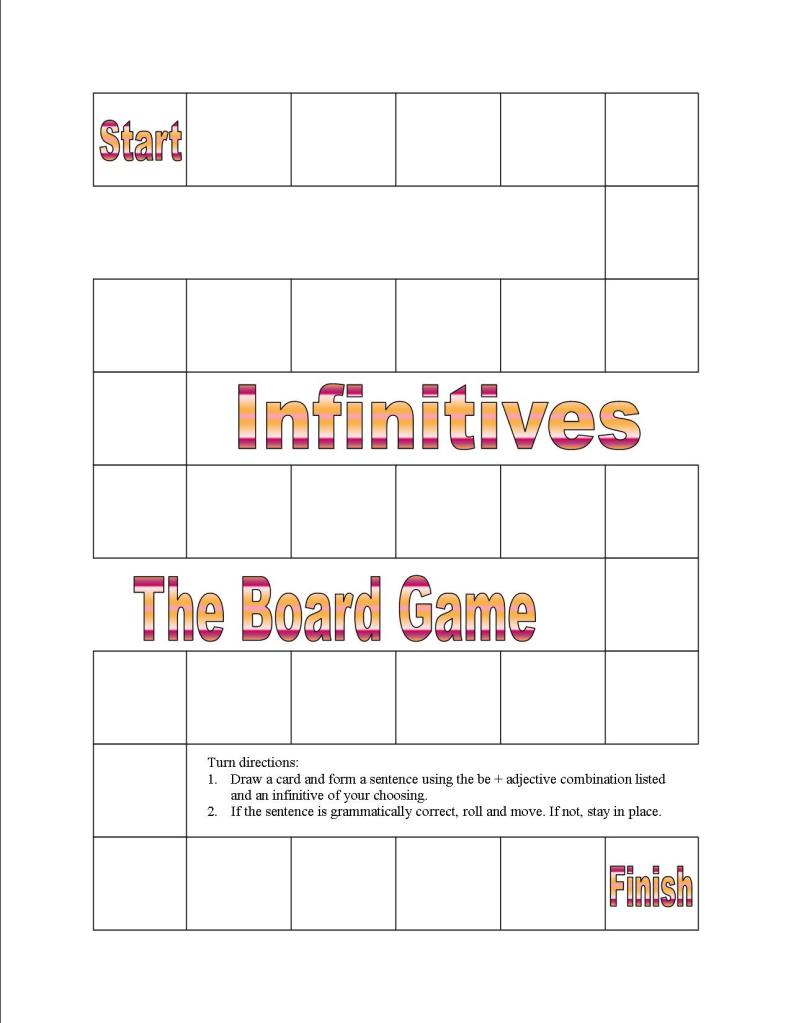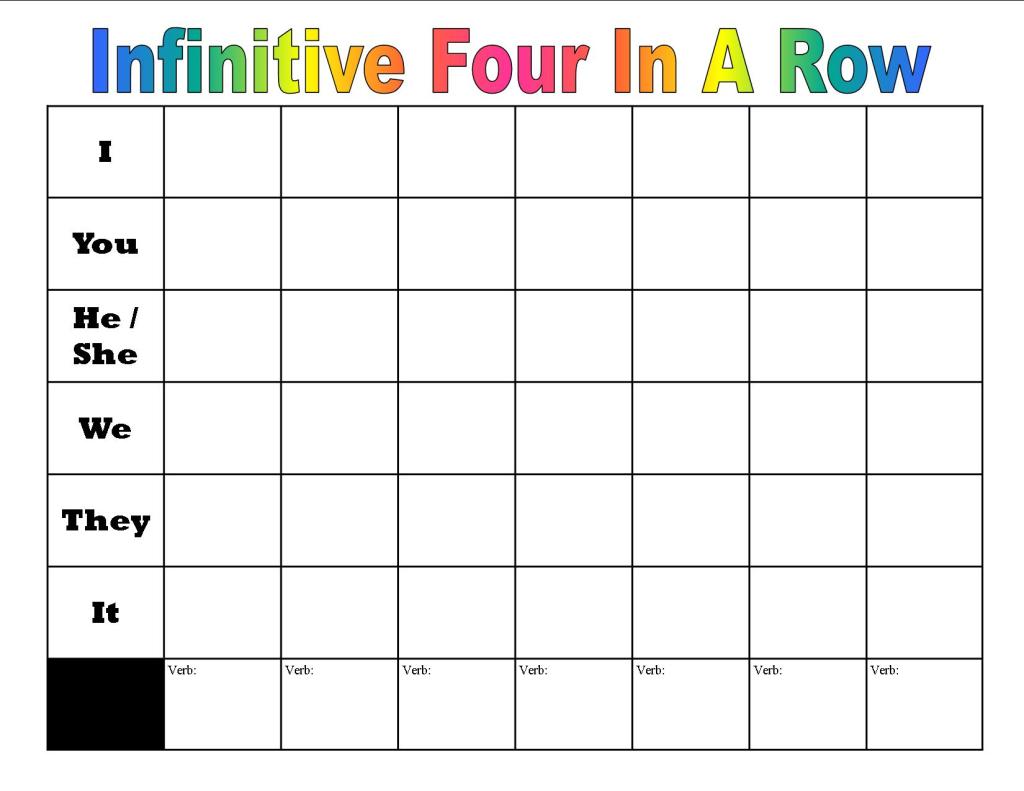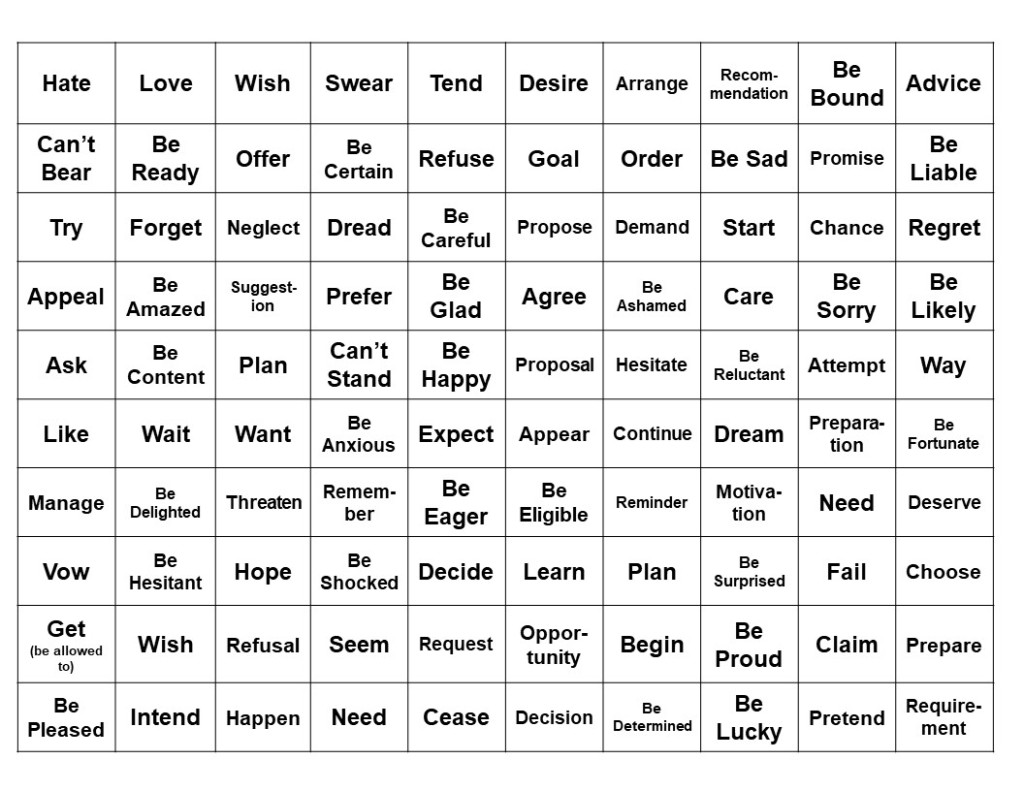It’s tax season in the USA. If you teach adult learners, as I do, I recommend reminding them, especially your new arrivals, of the deadline so they don’t accidentally cause themselves a problem or end up with extra fees. With all of the money talk, it’s also a great time to do a lesson or two about the names and values of coins in the USA. Most of us may not use coins anymore, thanks to debit and credit cards, but many of our students still do, and it can be a lot to remember.
Teaching K-12 Students
Teaching the names and values of USA coins was a regular and relatively easy part of my instruction when I taught K-12. I could combine the vocabulary lesson with our math lesson, and the fact that decimals and percentages were involved meant I could also make it fit with my lessons for older students. As with many math activities, we’d read various picture books and other forms of children’s literature. I also used a variety of activities, such as:
Teaching Adult Students
When I switched to teaching adults, I spent less time teaching USA coin vocabulary and values, but have since realized this was a problem. One day, I happened to be in a store and saw one of my students. She couldn’t figure out how much money to give the cashier, so she just held out her hand with various coins in it. Thankfully, the cashier was kind, patient, and honest and helped my student, eliminating the need for me to insert myself and potentially embarrass my student. Observing this taught me something, though. If anything, my adult students, especially my newly arrived adult students who are less likely to have debit and credit cards yet, need this practice.
Another thing that helped to reinforce in my mind the need to work with adult students on this topic took place in one of my advanced classes. We were reading a short article that compared the size of something to a dime. One of my students asked, “Which one is a dime?” I asked the class if anyone could answer the question and quickly discovered that not one of my 20+ students knew which coin was a dime or how much a dime is worth. In the next class, we spent the entire two hours learning the names and values of all the coins and discussing other financial questions, such as how to read a paystub, complete a W-4 form, what a 401K is, and more. At the end of the semester, more than half of those students specifically mentioned on their course evaluations how thankful they were for that class period.
USA Coin Puzzles
My adult students generally don’t need to practice their math skills. They are more than capable of adding coins to a specific total, subtracting to figure how much change they should receive, and multiplying to determine their total pay (though they also bemoan the shrinkage between the gross payment earned and net payment deposited). Therefore, I don’t need to use activities such as Hungry Piggy Banks or USA Coin Clip Cards. Instead, one of my go-to activities is USA Coin Puzzles.
These six-piece puzzles review the name, value, and look for each coin. Starting from the top left, the pieces have the name, value as a number and a decimal, the back of the coin, the front of the coin, the value in words, and the number it takes to make a dollar.
There are six puzzles: penny, nickel, dime, quarter, half dollar, and dollar bill. Students generally work in pairs to complete the puzzles, making for a nice, low-key practice activity. When I taught K-12, I would ask students to complete a recording sheet. They’d cut out pictures I provided them of each coin’s front and back to paste in the first two columns after the name. Then, they’d write the value in words and as a number and decimal. Finally, they’d record the number necessary to make a dollar. I do not use the recording sheet with my adult students, but I will often make copies of the answer key to use as a handout (free download under the puzzle picture) after they’ve completed the activity.
Conclusion
One class period is far from enough practice with this skill, but unfortunately, it’s usually all I can spare with my current classes. When I teach community-based classes, I spend much more time on it and use more of the children’s literature and other activities from my K-12 teaching days. Even if you think there is absolutely no time to spare for this lesson, I encourage you to try and find at least one or two hours to practice. Your students will appreciate it. Happy teaching, everyone!
If you think you’d like to get all of the activities I have developed for practicing the names and values of USA coins, I have two bundles for you to choose from. The first is paper-based resources, and the second has digital versions. Both give a 20% discount on the individual resource cost.
